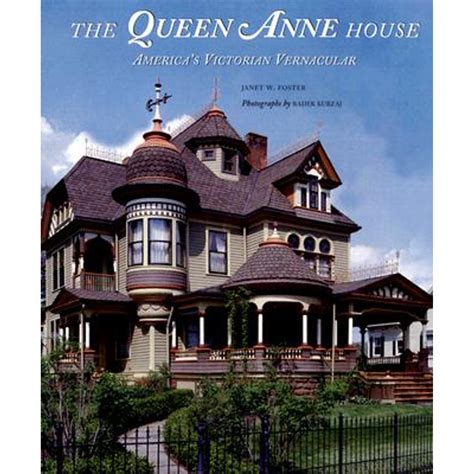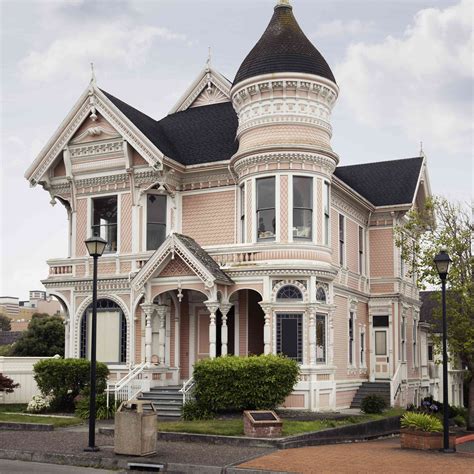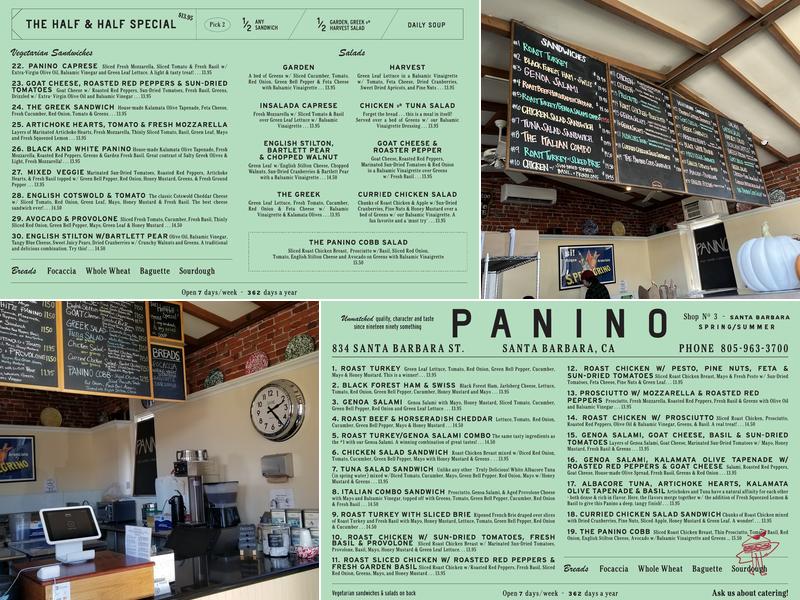The Queen Anne style house is a beloved architectural genre that originated in England during the reign of Queen Anne (1702-1714) and later gained popularity in the United States and other parts of the world. Characterized by its distinctive blend of medieval, classical, and vernacular elements, the Queen Anne style is a testament to the era’s rich cultural and artistic heritage.
One of the defining features of a Queen Anne house is its asymmetrical facade, which often includes a mix of materials such as brick, stone, and stucco. The exterior walls are typically adorned with intricate woodwork, including ornate door surrounds, window frames, and decorative trim. The rooflines are often complex, with multiple gables, chimneys, and turrets that add to the house’s visual appeal.
The interior of a Queen Anne house is just as impressive, with spacious rooms, high ceilings, and elaborate woodwork. The floors are often made of hardwood, and the walls are adorned with decorative plasterwork, moldings, and wainscoting. The windows are typically large and multi-paned, allowing an abundance of natural light to flood the interior spaces.
One of the most distinctive features of a Queen Anne house is its use of decorative elements, such as carved wooden brackets, ornatetile work, and intricate metalwork. These elements are often used to create a sense of drama and flair, particularly in the entrance hall and stairway.
Queen Anne houses were originally designed as country estates for the wealthy, but they soon became popular among the middle class as well. Today, these houses are highly prized for their historic charm, architectural integrity, and nostalgic appeal.
In terms of historical context, the Queen Anne style was influenced by the earlier Arts and Crafts movement, which emphasized the importance of handcrafted materials and traditional craftsmanship. The style also drew inspiration from medieval Architecture, particularly the half-timbered houses of Tudor England.
Some notable features of Queen Anne houses include:
- Asymmetrical facades with mixed materials
- Intricate woodwork, including door surrounds, window frames, and decorative trim
- Complex rooflines with multiple gables, chimneys, and turrets
- Spacious rooms with high ceilings and elaborate woodwork
- Decorative elements, such as carved wooden brackets, ornate tile work, and intricate metalwork
- Use of natural materials, such as brick, stone, and stucco
The Queen Anne style has undergone several revivals over the years, including the late 19th and early 20th centuries, when it became a popular choice for suburban homes. Today, these houses are highly sought after for their historic charm, architectural integrity, and nostalgic appeal.
When restoring a Queen Anne house, it's essential to preserve the original materials and craftsmanship wherever possible. This includes preserving the original woodwork, plasterwork, and decorative elements, as well as using traditional techniques and materials for any repairs or renovations.
In conclusion, the Queen Anne style house is a beloved architectural genre that offers a unique blend of historic charm, architectural integrity, and nostalgic appeal. With its distinctive asymmetrical facade, intricate woodwork, and decorative elements, these houses are highly prized by homeowners and architectural enthusiasts alike.
What are the key features of a Queen Anne house?
+The key features of a Queen Anne house include an asymmetrical facade, intricate woodwork, complex rooflines, and decorative elements such as carved wooden brackets and ornate tile work.
What is the historical context of the Queen Anne style?
+The Queen Anne style was influenced by the earlier Arts and Crafts movement and medieval Architecture, particularly the half-timbered houses of Tudor England.
How can I restore a Queen Anne house?
+When restoring a Queen Anne house, it's essential to preserve the original materials and craftsmanship wherever possible. This includes preserving the original woodwork, plasterwork, and decorative elements, as well as using traditional techniques and materials for any repairs or renovations.
Some notable examples of Queen Anne houses can be found in the following locations:
- The United Kingdom, particularly England and Scotland
- The United States, particularly the East Coast and Midwest
- Australia, particularly the states of New South Wales and Victoria
- Canada, particularly the provinces of Ontario and British Columbia
These houses are a testament to the era’s rich cultural and artistic heritage and continue to be highly prized by homeowners and architectural enthusiasts alike.
The Queen Anne style house is a unique and historic architectural genre that offers a blend of medieval, classical, and vernacular elements. With its distinctive asymmetrical facade, intricate woodwork, and decorative elements, these houses are highly sought after for their nostalgic appeal and architectural integrity.
In terms of architectural significance, the Queen Anne style has had a lasting impact on the development of residential architecture. Its emphasis on decorative elements, natural materials, and traditional craftsmanship has influenced generations of architects and designers.
The Queen Anne style has also been the subject of numerous preservation efforts, with many organizations and individuals working to protect and restore these historic houses. These efforts have helped to ensure the long-term survival of these iconic buildings and have allowed future generations to appreciate their beauty and significance.
Overall, the Queen Anne style house is a beloved architectural genre that offers a unique blend of historic charm, architectural integrity, and nostalgic appeal. With its distinctive asymmetrical facade, intricate woodwork, and decorative elements, these houses are highly prized by homeowners and architectural enthusiasts alike.
Pros and Cons of Queen Anne Houses
| Pros | Cons |
|---|---|
| Historic charm and nostalgic appeal | High maintenance costs due to intricate woodwork and decorative elements |
| Architectural integrity and unique design | Difficulty in finding replacement materials and skilled craftsmen |
| Natural materials and traditional craftsmanship | Potential for structural issues due to age and settling foundations |

In conclusion, the Queen Anne style house is a unique and historic architectural genre that offers a blend of medieval, classical, and vernacular elements. With its distinctive asymmetrical facade, intricate woodwork, and decorative elements, these houses are highly sought after for their nostalgic appeal and architectural integrity. While they may require high maintenance costs and present challenges in terms of preservation and restoration, the Queen Anne style house remains a beloved and iconic part of our architectural heritage.



